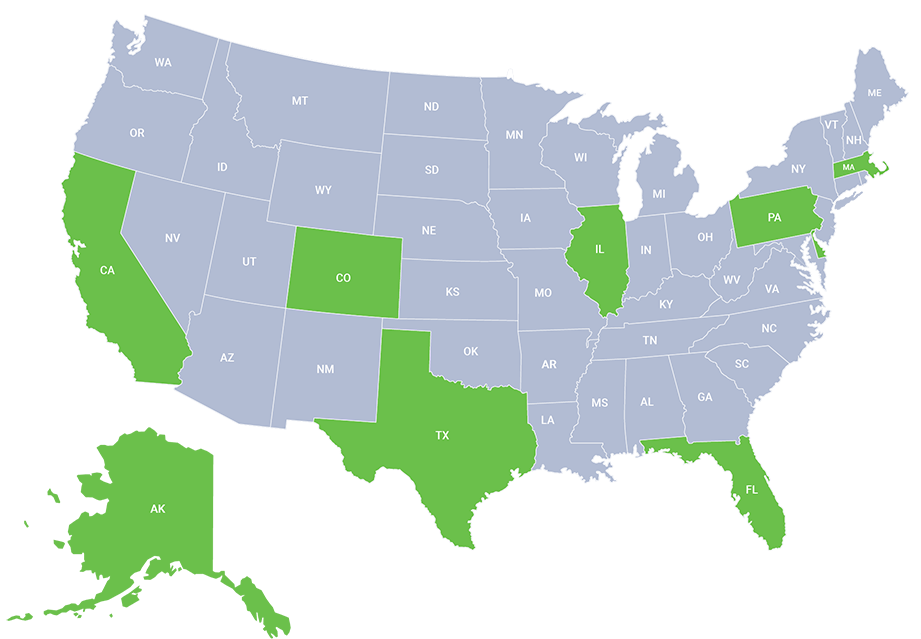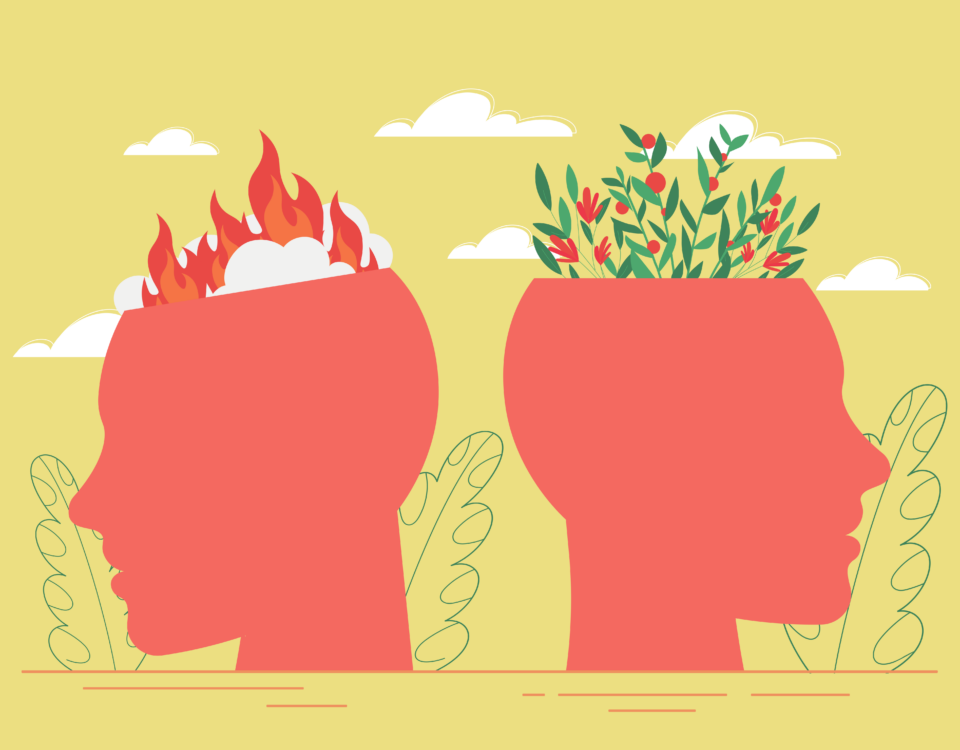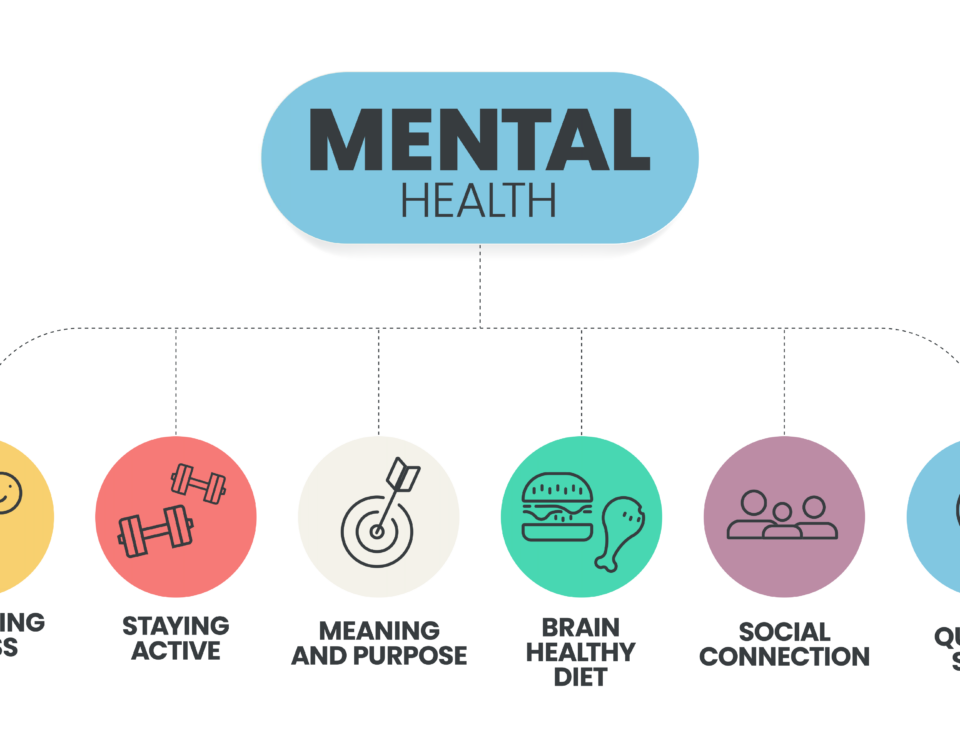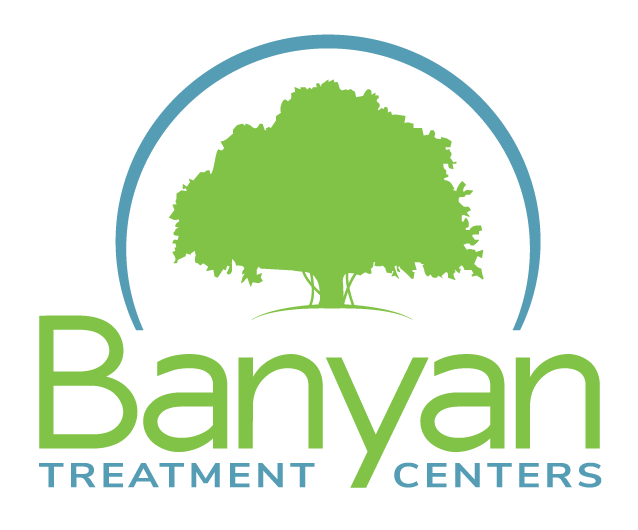Addiction or substance abuse occurs when someone uses drugs like alcohol, prescription medications, inhalants, and other legal and illegal substances too frequently or in the wrong way.
Substance abuse specifically refers to the action of using a substance incorrectly, such as taking a prescription medication that’s not prescribed to you or taking more than the recommended dose. Although substance abuse often leads to addiction, they aren’t the same thing. Addiction is a disease in which you can’t stop using drugs or alcohol despite the harm they may cause. Because there are so many substances out there, many people wonder, “what are the different types of drug abuse?” Our rehab in Boston shares our insight.
Questions about our Facilities or Programs?
Our admissions coordinators are available 24/7 to answer any questions you may have as you consider whether treatment at Banyan is right for you or your loved one.
Types of Drug Addiction
Although people who suffer from substance use disorders may share similar experiences, the types of drugs they use can contribute to the severity of these experiences. Specifically, the signs and symptoms of drug abuse are dependent on how much that person is using, how often they use, and their substance of choice. There are many examples of substance abuse, all of which can pose a danger to a user’s health and overall well-being.
Long-term use of any addictive substance can lead to unemployment, broken relationships, physical complications, and mental health problems. The sooner an individual receives drug or alcohol treatment, the more likely they are to achieve long-term sobriety. With that being said, treatment is often individualized because not all drugs are the same. So, what are the different types of drug abuse? Below is a list of the different types of substance abuse and how they affect you.
Stimulant Abuse
Stimulants are a class of psychoactive drugs that temporarily improve physical and mental functioning, elevating mood and increasing energy, alertness, confidence, and feelings of well-being. Due to their energy-boosting side effects, stimulants are also often called uppers. Stimulants work by increasing the amount of neurotransmitters called dopamine and norepinephrine in the brain. This improves concentration and decreases fatigue, which is why stimulants like Adderall are used to treat attention-deficit hyperactivity disorder (ADHD). However, stimulants can also elevate mood and produce euphoria, which is why they’re addictive and commonly abused drugs.
Some common types of stimulant drugs include:
- Amphetamine and dextroamphetamine (Adderall)
- Amphetamine
- Cocaine
- Coke or crack cocaine
- Dextroamphetamine (Dexedrine)
- Methamphetamine
- Methylphenidate (Ritalin and Concerta)
- Lisdexamfetamine (Vyvanse)
Because these drugs increase energy and alertness, the signs of stimulant abuse often involve behavior like twitching, restlessness, difficulties sleeping, and hyperactivity. These drugs are also appetite suppressants, so extreme weight loss is also a common indicator of stimulant addiction. Those who are struggling with this disease can recover with the help of our PHP treatment at Banyan Massachusetts.
Cocaine Abuse
Although cocaine belongs to the stimulant drug class, it’s also its own category of drug addiction. Also known as crack or coke, cocaine is an illicit stimulant drug that increases alertness, energy, and self-confidence. This drug is derived from the leaves of the coca plant. It’s then created in labs and formed into a white powder that can be smoked, snorted, or injected. Often people who abuse cocaine experience a euphoric high that lasts around 20 minutes before wearing off. As a result, users often take several doses in a short period to maintain that high. Unfortunately, like other examples of substance abuse, cocaine use can lead to problems like addiction, cardiovascular disease, and overdose, to name a few. Because cocaine use is extreme and repetitive, cocaine addiction treatment is usually necessary for a full recovery.
Methamphetamine Abuse
As with cocaine, meth or methamphetamine may be a stimulant, but it also produces physical problems unique to its users. Meth is an extremely addictive and physically harmful stimulant with a pseudoephedrine base, its main stimulating ingredient. Meth is also molecularly similar to amphetamine and the neurotransmitter dopamine. However, in contrast to other stimulants like cocaine, a meth high lasts longer, and a larger amount of the drug remains in the brain longer, leading to prolonged side effects. Additionally, meth blocks the reuptake of dopamine between neurons and increases dopamine release, resulting in higher concentrations in the synapse or gap between neurons.
Moreover, meth is also made with other cutting agents or additives that include harmful chemicals like paint thinner, hydrochloric acid, and battery fluid, which can exacerbate the drug’s physical side effects. Mental illness has also been linked to long-time meth use, specifically because users experience depressed lows or crashes following a high. Without meth treatment, this drug can be highly dangerous and difficult to recover from alone.
Opioid Abuse
Millions of people in the United States have been affected by opioid abuse in some way or another. The addictive nature of these drugs is evident in the opioid epidemic that has resulted in millions of addiction and overdose cases. Opioids can either be natural or synthetic (man-made). Unlike stimulants, opioids are a class of drugs that depress or relax the central nervous system. These drugs are derived from seeds of the opium poppy plant. Opioids work by attaching to opioid receptors in the brain and different areas of the body associated with pain and pleasure. Not only can they alleviate pain, but they can also produce a relaxing and pleasurable high when abused.
Some common types of opioids include:
- Fentanyl (prescription)
- Heroin (illegal)
- Hydrocodone, otherwise known as Vicodin (prescription)
- Morphine (prescription)
- Methadone (prescription)
- Oxycodone or OxyContin (prescriptio)
The current drug epidemic mainly resulted from the increase in prescriptions for opioids in the late 1990s. Today, even prescription drugs like fentanyl are illegally made in foreign labs and distributed across the U.S. Considering how dangerous opioid withdrawals are, opioid addiction treatment is your safest bet at recovering.
Prescription Drug Abuse
Prescription drug abuse is when someone uses prescriptions medications in a way they weren’t meant to be used. Some examples of prescription drug abuse include taking a prescription drug that wasn’t prescribed to you, mixing your medications, taking more than the recommended dose, or using your medications with other drugs. Prescription drug addiction includes misusing drugs like opioids, benzodiazepines, and stimulants prescribed to you by a doctor to treat a certain condition. The opioid epidemic has greatly contributed to medication abuse among Americans, increasing the need for prescription drug addiction treatment.
Benzodiazepine Abuse
Also known as benzos, benzodiazepines are a class of drugs used to treat anxiety and panic disorders, seizures, and insomnia. Benzos act by affecting neurotransmitters, particularly one called gamma-aminobutyric acid (GABA). GABA is also known as an inhibitory neurotransmitter because it inhibits messaging between neurons or suppresses the activities of nerves. Benzos perform these actions by enhancing the effects of GABA.
Different types of benzodiazepines include:
- Alprazolam (Xanax)
- Chlordiazepoxide (Librium)
- Clonazepam (Klonopin)
- Clorazepate (Tranxene)
- Diazepam (Valium)
- Estazolam (Prosom)
- Flurazepam (Dalmane)
- Lorazepam (Ativan)
However, not only are benzos used to treat conditions associated with elevated levels of nerve activity, but they can also produce a sedative high when misused. As a result, many have required the help of benzo treatment to recover from the effects of these drugs both physically and mentally.
Getting into treatment is easy with our free insurance verification
"*" indicates required fields
Hallucinogen Abuse
Hallucinogens are a group of drugs that produce mind-altering side effects, affecting a person’s perception of their thoughts and surroundings. There are two categories of hallucinogens: classic hallucinogens and dissociative drugs. Both can produce hallucinations or sensations, or images that aren’t real. Additionally, a dissociative drug can cause users to feel as if they’re disconnected from their bodies and the environment, otherwise referred to as an out-of-body experience. Some hallucinogens are natural or extracted from plants or mushrooms, while some are synthetic (man-made). A hallucinogen’s mechanism of action is unknown, but they are believed to activate connections between different regions of the brain that are usually dormant, producing extreme and uncommon side effects.
Some common types of hallucinogens include:
-
- Classic hallucinogens:
- LSD
- Psilocybin
- Peyote or mescaline
- DMT
- 251-NBOMe
- Dissociative drugs:
- PCP
- Ketamine
- Dextromethorphan or DXM
- Salvia
- Classic hallucinogens:
Hallucinogens can produce physical dependence as well as health complications. Regardless of how natural they’re believed to be, they’re often purchased off the streets, meaning their contents are usually unknown to buyers. Hallucinogens are also often used with other drugs to enhance their side effects. While they’re believed to be harmless, hallucinogens and dissociative drugs are dangerous.
Regardless of the substance in question, substance abuse can have a horrible impact on your health, career, and relationships. So many people have lost their lives to drugs, but there is a solution. If you have a drug problem or know someone who does, we can help. Call Banyan now at 888-280-4763 to find out more about our drug and alcohol treatment in Massachusetts.
Related Readings:








